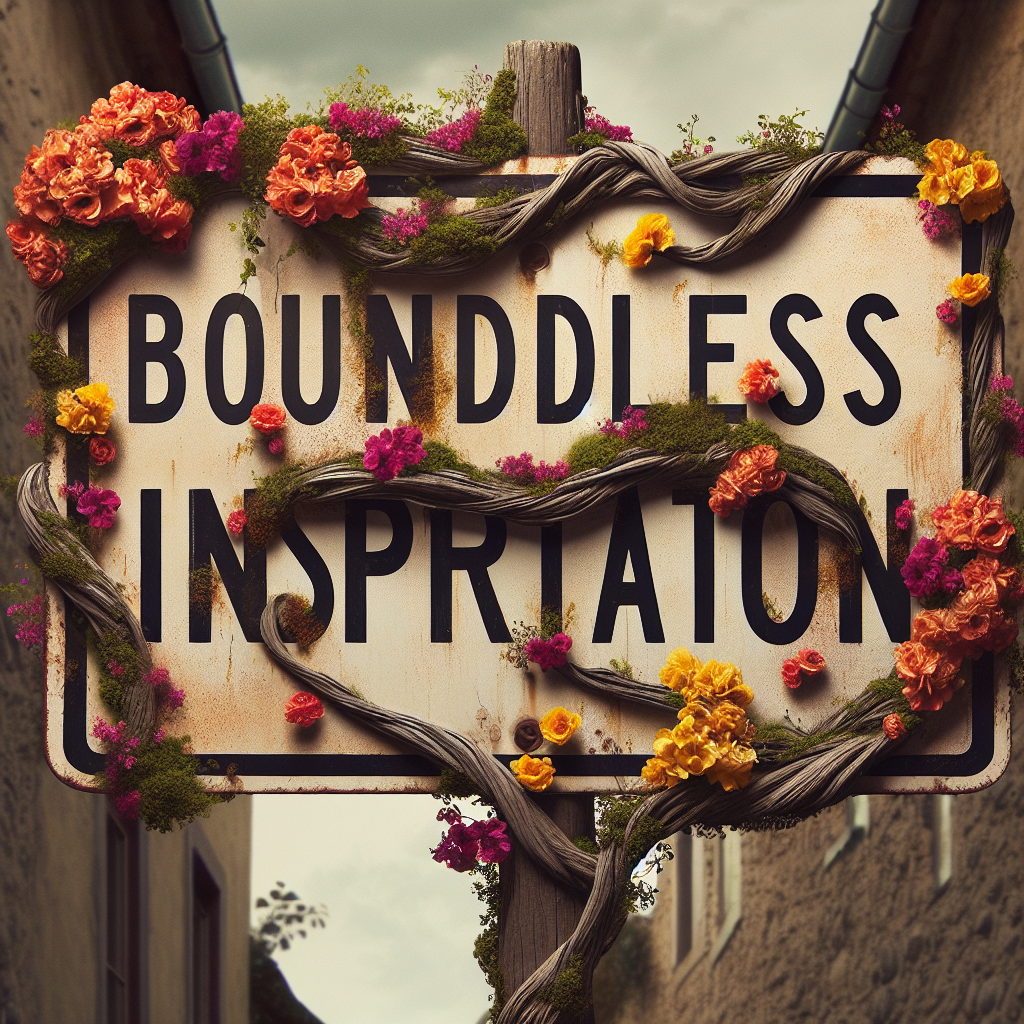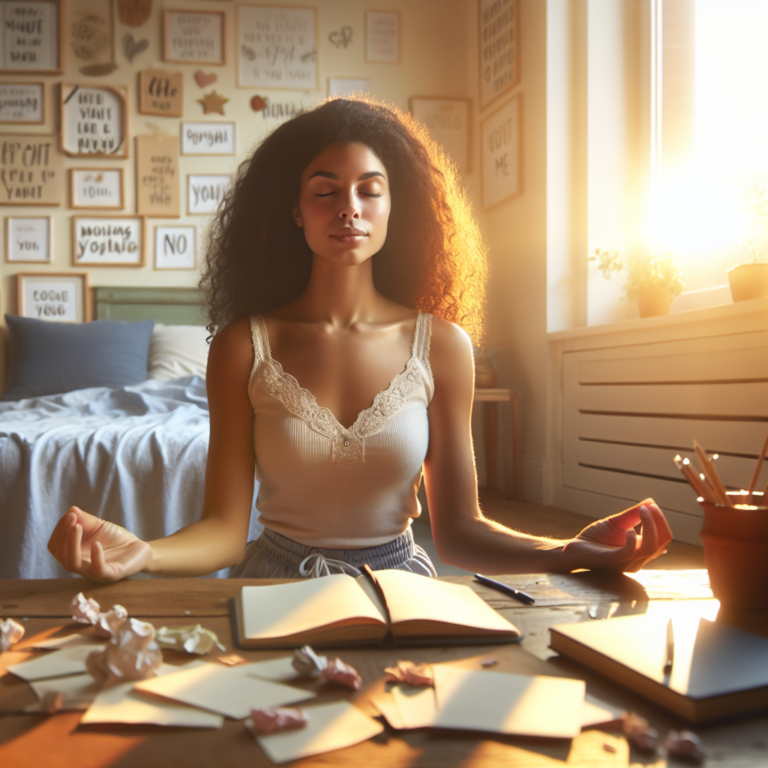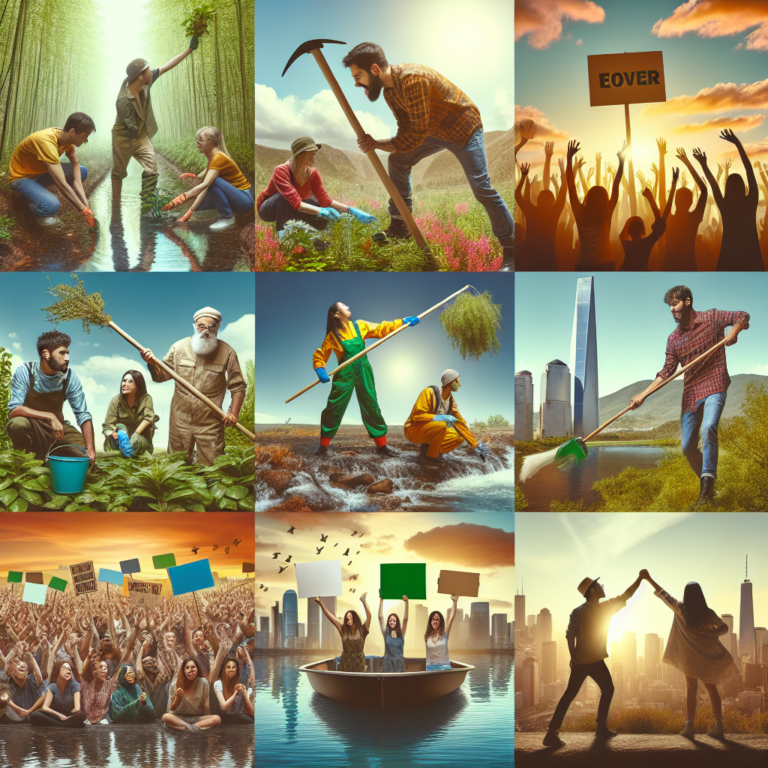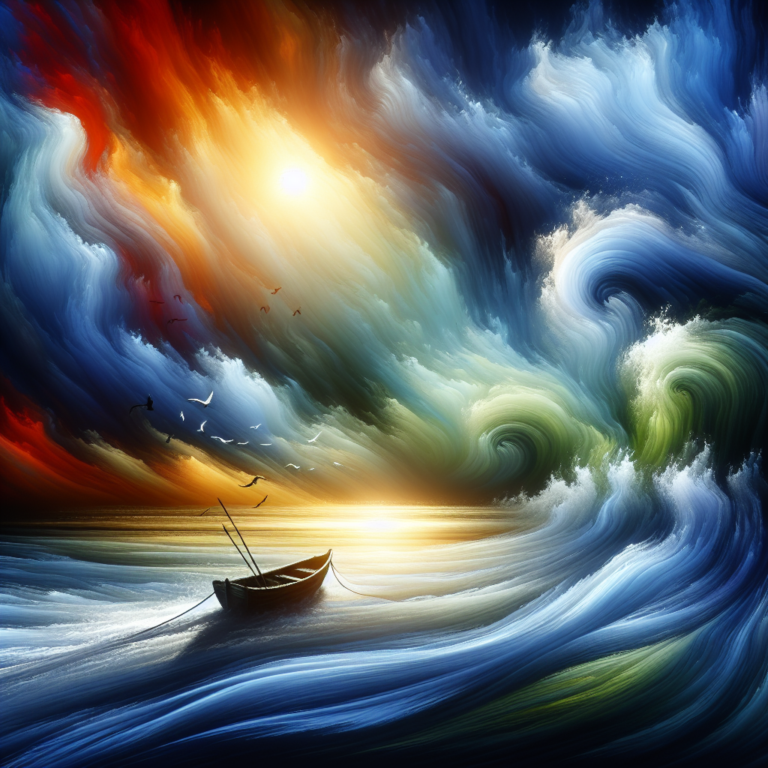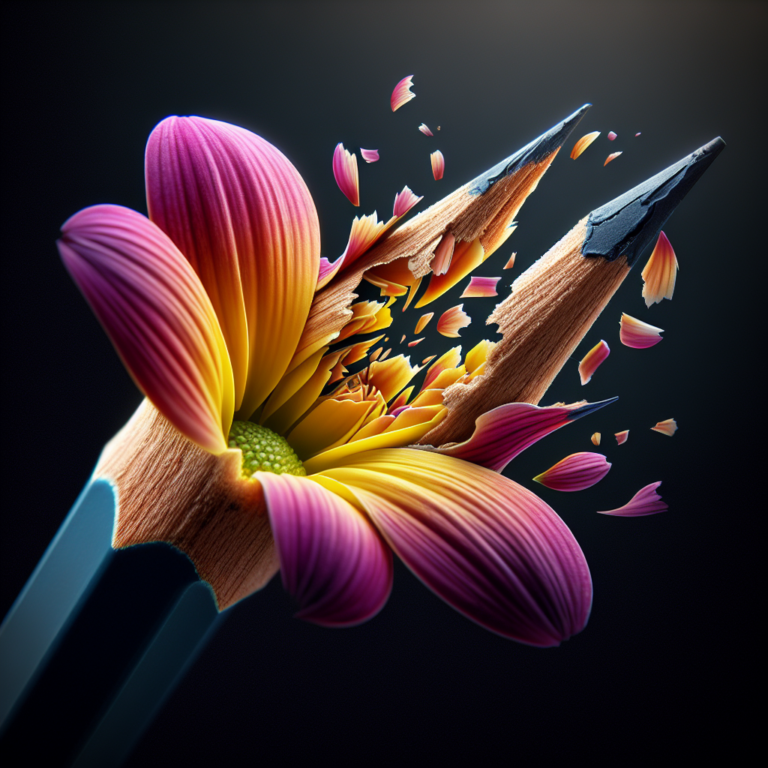How Have Artists Found Inspiration In Unlikely Places?
In the world of art, creativity knows no bounds. Artists have a unique ability to find inspiration in the most unexpected of places, turning ordinary objects and situations into extraordinary works of art. From the bustling streets of a bustling city to the quiet solitude of a remote countryside, artists have a knack for uncovering beauty where others may see only the mundane. In this article, we will explore the fascinating ways in which artists have found inspiration in the most unlikely places, proving that the world truly is their canvas.
Nature as Inspiration
Finding beauty in the outdoors
Nature has long been a source of inspiration for artists, and for good reason. Its breathtaking landscapes, vibrant colors, and intricate details captivate our senses and ignite our imagination. From the majestic mountains to the serene seashores, there is an abundance of beauty waiting to be discovered in the great outdoors. When you immerse yourself in nature, you become more attuned to the small wonders that often go unnoticed in our busy lives. The subtle hues of a sunset, the delicate petals of a flower, or the gentle sway of a tree can all serve as inspiration for your artwork.
Using natural elements in artwork
Beyond simply appreciating the beauty of nature, many artists have found ways to incorporate its elements directly into their artwork. For example, leaves and flowers can be pressed and used in collages or as stencils. Rocks and seashells can be transformed into sculptures, and natural pigments can be extracted from plants and used to create stunning paintings. By integrating these natural elements into your artwork, you not only bring a piece of nature into your creation, but you also add texture, depth, and a sense of authenticity.
Exploring ecosystems and wildlife
Another way that nature can inspire your artwork is through the exploration of ecosystems and wildlife. Each ecosystem has its own unique characteristics, from the lush rainforests to the vast deserts. By observing and studying these environments, you can gain a deeper understanding of the interconnectedness of all living things. This knowledge can be translated into your artwork, allowing you to create pieces that not only showcase the beauty of nature but also raise awareness about conservation and the importance of preserving our natural world.
Urban Environment as Muse
Finding inspiration in cityscapes
The hustle and bustle of the city may not seem like an obvious source of inspiration, but urban environments hold a wealth of creative possibilities. The towering skyscrapers, bustling streets, and vibrant energy of cities can evoke a sense of excitement and dynamism that can be translated into your artwork. Whether it’s the geometry of a city skyline or the graffiti-covered walls of an alley, there are endless opportunities to capture the essence of urban life in your artistic creations.
Exploring street art and graffiti
Street art and graffiti have become increasingly recognized as valid art forms, and many artists draw inspiration from these unconventional mediums. The vibrant colors, bold brushstrokes, and raw expression found in street art can be a powerful source of inspiration. By exploring the work of street artists and incorporating elements of their style into your own artwork, you can add a touch of urban grit and authenticity to your creations.
Incorporating urban architecture into artwork
Another way to find inspiration in the urban environment is by focusing on its architecture. The sleek lines, towering structures, and intricate designs of city buildings can be a rich source of ideas for your artwork. The juxtaposition of old and new architecture, the play of light and shadow on skyscrapers, and the unique features of iconic buildings can all serve as inspiration for your artistic endeavors. By examining the urban landscape with a discerning eye, you can uncover hidden beauty and translate it into your artwork.
Everyday Objects as Creative Sparks
Seeing beauty in ordinary things
Sometimes, inspiration can be found in the most unexpected places, including the objects we encounter in our everyday lives. The mundane and ordinary can often become extraordinary in the hands of a creative mind. By viewing familiar objects with a fresh perspective, you can discover the beauty, patterns, and textures that may have previously gone unnoticed. A simple coffee mug, a pile of laundry, or a collection of kitchen utensils can all hold artistic potential if you take the time to look closely.
Finding artistic potential in household items
Your home is filled with a treasure trove of artistic inspiration just waiting to be discovered. Everyday household items, such as bottles, old photographs, or discarded furniture, can be repurposed and transformed into unique works of art. By using your creativity and imagination, you can breathe new life into these objects and give them a whole new meaning. This process not only challenges your artistic skills but also encourages sustainability by reducing waste and finding beauty in the ordinary.
Transforming mundane objects into art
In the hands of a skilled artist, even the most mundane objects can be transformed into extraordinary works of art. By employing techniques such as assemblage, collage, or mixed media, you can combine different materials and objects to create visually stunning and thought-provoking compositions. The juxtaposition of the ordinary and extraordinary can create a visual tension that engages the viewer and sparks their imagination. This ability to find art in the everyday objects that surround us is a testament to the power of creativity.
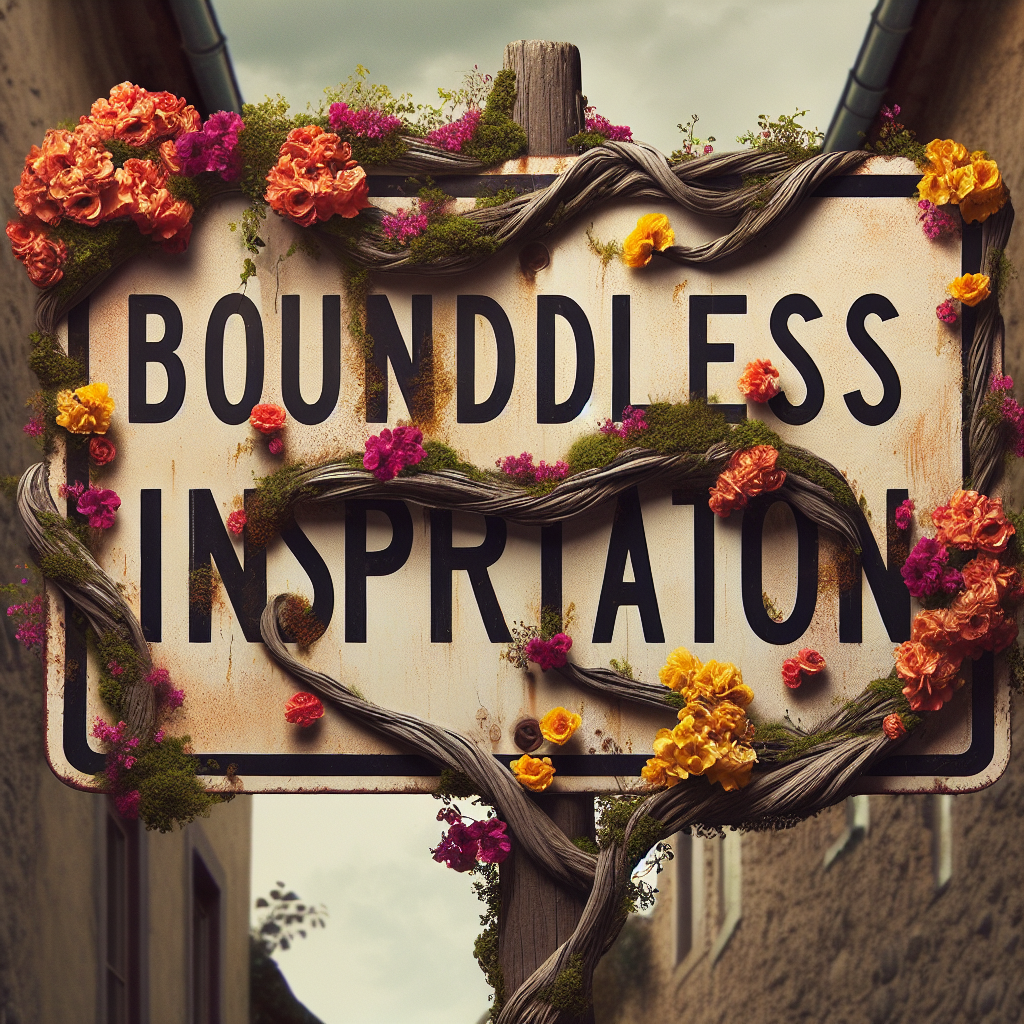
Music as a Catalyst
Drawing inspiration from various genres
Music has the power to stir emotions and ignite our imagination like no other art form. As an artist, you can harness this power and translate the essence of music into visual art. Whether it’s the energetic beats of rock and roll, the soul-stirring melodies of classical music, or the rhythmic patterns of jazz, each genre offers its own unique inspiration. By immersing yourself in the music that moves you, you can tap into a rich source of creative energy that can elevate your artwork to new heights.
Translating emotional experiences into visual art
One of the most powerful ways that music can inspire your artwork is by allowing you to translate emotional experiences into visual form. Just as music can evoke a wide range of emotions, your artistic creations can capture and convey those same feelings. Whether it’s the joy of a playful melody, the melancholy of a haunting tune, or the excitement of a pulsating rhythm, you can use color, texture, and composition to elicit emotional responses from your audience. By exploring the emotional landscape of music, you can create artwork that resonates deeply with others.
Creating artwork that captures the essence of music
Music is a language of its own, and as an artist, you have the power to create a visual language that captures the essence of music. Through your artwork, you can visually represent the rhythms, melodies, and harmonies that make up a musical composition. This can be done through abstraction, using shapes, lines, and colors to convey the mood and atmosphere of a particular piece of music. Alternatively, you can create figurative representations, using images and symbols to depict the instruments and musicians themselves. By exploring the intersection of music and visual art, you can create works that engage both the eyes and the ears.
Literature and Poetry as Source Material
Interpreting themes and characters from literary works
Literature and poetry have long been a source of inspiration for artists, providing a wealth of themes, characters, and narratives to explore. By delving into the pages of a book or the verses of a poem, you can uncover a world of imaginative possibilities. Whether it’s the tragic love story of Romeo and Juliet, the epic adventures of Odysseus, or the introspective musings of a poet, there is no shortage of inspiration to be found in the written word. By interpreting these literary works through your artwork, you can bring new life to familiar stories and invite viewers to see them in a fresh perspective.
Using poetic verses as visual inspiration
The beauty and imagery of poetic verses can serve as a fertile ground for visual inspiration. The rhythm, metaphors, and descriptive language found in poetry can be translated into visual form, allowing you to create artwork that captures the essence of a particular poem. Whether it’s a landscape painting that captures the peacefulness of a Wordsworth poem or an abstract sculpture that embodies the complexity of a T.S. Eliot verse, your artwork can become a visual representation of the emotions and ideas found within poetry. By merging the realms of literature and visual art, you can create a truly immersive and multi-sensory experience for your audience.
Exploring literary concepts through art
Literature and poetry often delve into deep philosophical and existential questions, providing a rich tapestry of concepts and ideas for artists to explore. From the concept of love and loss to the exploration of identity and self-discovery, the themes found in literature can offer endless avenues for artistic expression. By using your artistic skills to visually interpret these concepts, you can provide new perspectives and insights that engage and challenge your audience. Through your artwork, you can invite viewers to contemplate the profound questions raised by literature and encourage them to engage with these ideas on a deeper level.
History and Cultural Heritage as Motivation
Drawing from historical events and figures
History is a treasure trove of stories, events, and figures that have shaped the world we live in today. By drawing from historical events and figures, artists can tap into this rich heritage to create artworks that explore the human experience. Whether it’s depicting a pivotal moment in history, honoring a historical figure, or shedding light on forgotten stories, you have the power to give voice to the past through your artwork. By breathing life into history, you can ensure that these stories are not forgotten and that their lessons continue to resonate with future generations.
Exploring cultural traditions in artwork
Cultural traditions are a reflection of our shared history and heritage, and they can serve as a powerful source of inspiration for artists. By exploring the customs, rituals, and artistic expressions of different cultures, you can gain a deeper understanding of our interconnectedness and celebrate the diversity that makes our world so vibrant. Whether it’s creating artwork that showcases traditional craftsmanship, incorporating symbols and motifs from different cultures, or exploring the intersection of different cultural practices, your artwork can become a bridge that connects people and fosters cultural exchange.
Reinterpreting historical artifacts through a contemporary lens
Another way that history can inspire your artwork is by reinterpreting historical artifacts through a contemporary lens. By taking objects and symbols from the past and placing them in a modern context, you can create artworks that challenge preconceived notions and provoke thought. This blending of the old and the new can create a visual tension that stimulates the viewer’s imagination and encourages them to question their own assumptions. By recontextualizing historical artifacts, you can breathe new life into them and invite viewers to see them in a fresh and meaningful way.
Personal Experiences and Emotions as Driving Forces
Creating art as a form of self-expression
Art has always been a powerful tool for self-expression, allowing artists to communicate their thoughts, feelings, and experiences in a visual language. By exploring your own personal experiences and emotions, you can create artwork that is deeply authentic and resonates with others on a personal level. Whether it’s a painting that captures the joy of a cherished memory, a sculpture that expresses the pain of a loss, or a photograph that reflects the complexity of your identity, your artwork can become a mirror that reflects the depths of your soul.
Translating personal memories into artwork
Memories are the building blocks of our identity, and they provide a rich source of inspiration for artists. By translating your personal memories into artwork, you can create visual representations of significant moments in your life. Whether it’s the nostalgia of a childhood home, the excitement of a first love, or the challenges of a difficult experience, your artwork can capture the essence of these memories and invite viewers to connect with their own. By sharing your personal journey through your artwork, you not only create a sense of connection and empathy but also find healing and meaning in the process.
Exploring complex emotions through visual representation
Emotions can be complex and elusive, but art has the power to give them shape, form, and color. By exploring your own emotions through visual representation, you can create artwork that speaks directly to the human experience. Whether it’s the raw intensity of anger, the bittersweet longing of nostalgia, or the peaceful calm of contentment, your artwork can become a vessel through which viewers can connect with their own emotions. By lifting the veil on the intangible and making it visible, you create a space for introspection and dialogue, allowing others to reflect on their own emotional landscapes.
Pop Culture and Media as Influences
Capturing the spirit of popular icons and celebrities
Pop culture and media are an integral part of our modern society, and they can serve as a rich source of inspiration for artists. From iconic movie stars to beloved fictional characters, popular icons and celebrities have the power to captivate our imagination and become the subjects of our artwork. By capturing the spirit of these figures and translating their essence into your artistic creations, you can create pieces that resonate with a wide audience and tap into the collective nostalgia and admiration for these cultural icons.
Drawing inspiration from movies, TV shows, and comics
Movies, TV shows, and comics have become an integral part of our cultural landscape, shaping our worldview and influencing our tastes and preferences. As an artist, you can draw inspiration from these forms of media to create artwork that reflects the stories, characters, and themes that resonate with you. Whether it’s a painting that captures the epic landscapes of a fantasy film, a sculpture that brings a beloved comic book character to life, or a mixed media piece that combines images from different TV shows, your artwork can become a tribute to the power of storytelling and the impact of popular culture.
Exploring the impact of media on society through art
Media has the power to shape public opinion, challenge societal norms, and spark social change. As an artist, you can explore the impact of media on society through your artwork, shedding light on the messages, stereotypes, and narratives that permeate our cultural landscape. Whether it’s creating pieces that challenge gender roles, highlighting the representation of marginalized communities, or critiquing consumerism and materialism, your artwork can become a platform for social commentary and encourage viewers to critically engage with the media they consume.
Science and Technology as Sources of Inspiration
Incorporating scientific concepts into artwork
Science and art may seem like separate domains, but they often overlap in surprising and inspiring ways. By incorporating scientific concepts into your artwork, you can create pieces that celebrate the beauty, complexity, and wonder of the natural world. Whether it’s using fractal patterns in a painting, exploring the intricacies of genetics through sculpture, or depicting the microscopic world through digital art, your artwork can bridge the gap between art and science, inviting viewers to marvel at the intricacies of the universe.
Using technology as a medium for artistic expression
In the digital age, technology has become an integral part of our daily lives, and it has also opened up new possibilities for artistic expression. From digital painting and 3D printing to interactive installations and virtual reality, technology offers artists a wide range of tools and mediums to explore. By embracing technology as a medium for your artwork, you can push the boundaries of traditional art forms and create immersive and engaging experiences for your audience. The fusion of art and technology can create a truly transformative and interactive artistic experience.
Exploring the beauty of the scientific world through art
The scientific world is filled with wonder, mystery, and awe-inspiring beauty. From the intricate patterns found in DNA to the breathtaking vistas of the cosmos, science offers a wealth of inspiration for artists. By exploring scientific concepts and discoveries through your artwork, you can create pieces that not only educate but also evoke a sense of wonder and curiosity. Whether it’s using the colors and shapes found in microscopy to create abstract paintings or capturing the grandeur of the universe through photography, your artwork can become a gateway to the wonders of the scientific world.
Dreams and the Subconscious as Artistic Fuel
Translating dream imagery into visual art
Dreams have long been a source of fascination and intrigue for artists, offering a glimpse into the subconscious mind and the realm of the unconscious. By translating dream imagery into visual art, you can create pieces that capture the surreal, ethereal, and otherworldly qualities of the dream world. Whether it’s a painting that depicts a fantastical landscape, a sculpture that embodies a recurring dream symbol, or a mixed media piece that combines fragments of different dreams, your artwork can serve as a tangible manifestation of the dream realm and invite viewers to explore the depths of their own subconscious.
Exploring the depths of the subconscious mind through artwork
The subconscious mind is a vast and mysterious landscape, filled with hidden desires, fears, and memories. By delving into the depths of your own subconscious through artwork, you can unlock new realms of creativity and self-discovery. Through techniques such as automatic drawing, free association, and stream-of-consciousness writing, you can tap into the raw and unfiltered thoughts and emotions that reside within your subconscious. By giving voice to these hidden aspects of yourself through your artwork, you not only gain a deeper understanding of your own psyche but also create artwork that is deeply personal and evocative.
Using dreams as a gateway to creativity
Dreams have the power to transport us to surreal and imaginative worlds, where anything is possible. By using dreams as a gateway to creativity, you can tap into a wellspring of inspiration and ideas that defy the boundaries of our waking reality. Whether it’s the vivid imagery of a lucid dream, the symbolic messages of a recurring dream, or the fragmented narratives of a surreal dream, the world of dreams can serve as a limitless source of inspiration for your artwork. By capturing the essence of your dreams and translating them into visual form, you can create artwork that invites viewers to explore the boundaries of their own imagination.
In conclusion, artists have found inspiration in an incredibly diverse range of places, whether it’s the beauty of nature, the rhythms of music, the pages of a book, or the depths of their own subconscious. By embracing the world around them and looking at it with fresh eyes, artists have discovered new avenues for creativity and expression. From the ordinary to the extraordinary, the familiar to the unknown, each source of inspiration offers its own unique possibilities and challenges. So, the next time you find yourself in search of creative fuel, remember to look beyond the obvious and find inspiration in the unlikely places. You never know what wonders you may discover.

